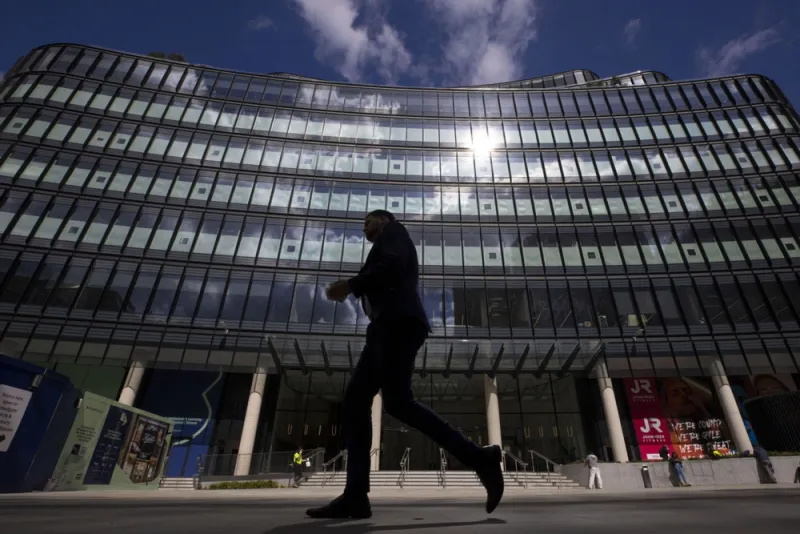Not all active managers struggle to beat market returns.
This is especially the case for those specializing in non-U.S. large-cap equities and emerging markets, according to the latest analysis by Investment Metrics, a portfolio analytics company.
From 2012 to 2021, the average gross excess return for those investing in global large-cap companies was 1.3 percent, according to IM. For active managers investing in non-U.S. large-cap and emerging markets, the excess returns were 2.2 percent and 1.9 percent, respectively.
For the report, IM analyzed the return profiles of 450 actively managed portfolios from 187 firms, which were categorized into four different sectors based on their geographic and style focuses. Each sector was compared with a related market benchmark. For example, managers investing in global large-cap stocks were tested against the MSCI AC World Index, and those investing in emerging markets were compared with MSCI EM Index.
Notable outperformers cited by IM included the Long Term Global Growth fund from Baillie Gifford Overseas Limited, which generated an average of 8.3 percent active return in the global large-cap sector, and the Focused Growth International fund from WCM Investment Management, which delivered 5.2 percent active return in the non-U.S. large-cap category. On the emerging market side, J.P. Morgan Asset Management, Allspring, and Acadian were among those with products that delivered excess annualized returns of at least 3 percent over the past decade.
U.S. large-cap was the only active management sector that showed no more than “meagre outperformance” against the benchmark, according to the IM report. On average these portfolios beat the Russell 1000 Index by a mere 0.1 percent. “This is where most institutional investors use passive rather than active management,” Investment Metrics said.
Indeed, passive U.S. large-cap portfolios were so profitable in 2021 that many active managers had to make fee concessions to bridge the performance gap. But in 2022, these high-performing stocks have faced uncertainty over inflation, rate hikes, and geopolitical conflicts, which leaves room for active managers to regain momentum.
“Historically, active managers have been able to make handsome gains in volatile conditions, such as we face now,” said Scott Treacy, research consultant at IM.
For example, active managers specializing in emerging markets might have an edge in the current geopolitical environment because they can filter out the investable countries from a vast pool of EM index components. According to David Spika, president of Guidestone Capital Management, some commodity-producing EM countries in Africa and South America have stood out as valuable investment opportunities as the Russia-Ukraine conflict escalates.
“What’s happening in Ukraine has tempered enthusiasm [in emerging markets],” Spika told Institutional Investor. “That said, there are economies that are going to benefit, especially commodity exporters.”
Treacy said there is more mispricing in emerging markets than in developed regions, which is another reason why active managers tend to outperform the EM benchmarks. “Emerging market stocks are very difficult to evaluate in general,” he said. “Even in normal market conditions, we have seen very good active returns from managers.”
The market volatility in 2022 might even help active managers ameliorate their fee situation, according to Treacy. “I do think the fee compression will kind of bottom up and those active managers will be able to demonstrate their value,” he said.







